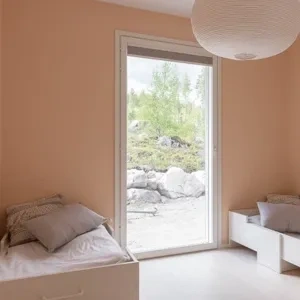Tikkurila Persimmon G401
| Code: | G401 |
| Name: | Persimmon |
| Brand: | Tikkurila |
What color is Tikkurila Persimmon?
Introduce a warm and inviting hue to your space with Tikkurila G401 Persimmon. This rich and vibrant shade, reminiscent of a ripe juicy persimmon, adds a pop of color and charm to any room. Pair Persimmon with complementary tones such as G496 Lemongrass, G580 Teal, or G853 Terracotta for a harmonious and stylish color palette. Whether used as an accent wall or incorporated into decor accents, this versatile color is sure to make a bold statement in your home. Embrace the warmth and energy of Persimmon to create a cozy and welcoming atmosphere that is both on-trend and timeless.
Tikkurila Persimmon reviews (2 photos)
View the photos of real spaces painted with this that were not included in specific categories.Close-ups, painted furniture, storages and dressers, hallways, stairs and ceilings.
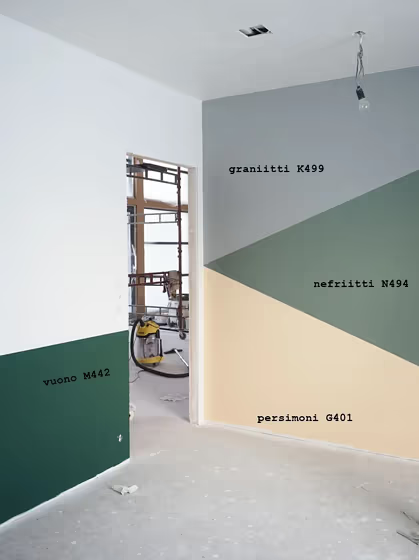
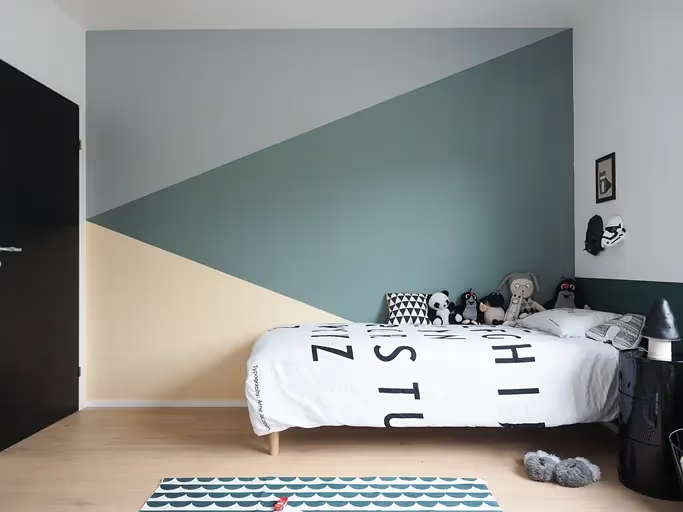
Try before you buy
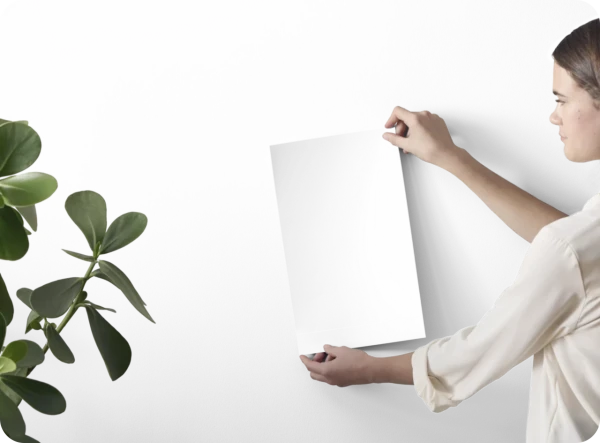

100% accurate
reusable paint samples

Peel, stick,
and repeat

Twice painted
with real paint

Next day
delivery
What are Tikkurila Persimmon undertones?
The undertone of Persimmon can be accurately described as a Red hue, as is apparent from the color space provided. By isolating the pure hue and eliminating any tints, tones, and shades, we were able to precisely determine its undertone. This approach has proven to be more accurate than traditional methods of defining undertones on a white background, which are now considered outdated.
HEX value
HEX value:
#F6D4B4
RGB code:
246, 212, 180
Is Tikkurila Persimmon G401 cool or warm?

With a hue of 29° thisYellowrefers warm paint shade according to HSL (Hue, Saturation, Lightness) on the color wheel.
G401 Persimmon HSL code: 29, 79%, 84%
Hue - degree on a color wheel from 0 to 360. 0 is red, 120 is green, and 240 is blue.
Saturation is expressed as a percentage. At 0%, it appears as a shade of grey, and at 100%, it is in full color..
Lightness is also a percentage value. 0% is black, and 100% is white.
- Warm colors are ideal for kitchens, living rooms or bathrooms
- Warmer hues make larger spaces feel more inviting
- Warm yellow shades bring a sunny and cheerful atmosphere to a space, making it feel lively and welcoming, perfect for kitchens, living rooms, and play areas.
- To prevent a space from feeling too monotonous, consider pairing warm light shades with richer tones like deep greens or browns, or adding textures through fabrics and furnishings. Avoid using them in rooms with limited natural light, as they may appear too dull or yellowish
Act like a pro: Mixing warm and cool shades is a must have to get harmonius interior. Add accents that contrast with the primary color to create visual balance. If your walls are a warm color, don’t forget to add accent in cold colors (furniture, art, décor). A good practice is too use a complementary color scheme.
How light temperature affects Persimmon
Natural Lighting. During the day, natural light shifts from about 2000 K at sunrise/sunset to 5500–6500 K at noon.
In addition, natural‑light temperature depends on its direction:
| Direction of sunlight | Visible temp. | Hue | Duration |
|---|---|---|---|
| North | Cool | Bluish | All day |
| East | Warm | Yellow | Before noon |
| West | Warm | Orange‑red | After noon |
| South | Warm | Orange‑yellow | All day |
Artificial Lighting. When choosing bulbs, pay attention to their color‑temperature (Kelvins).
Use the slider to see how this Yellow shade looks under different lighting:
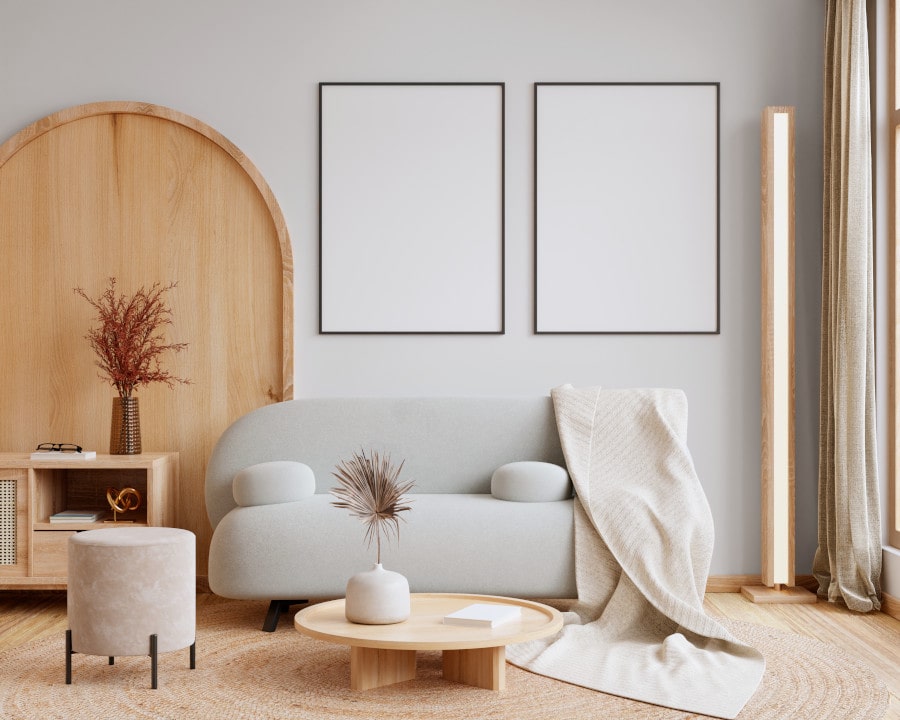
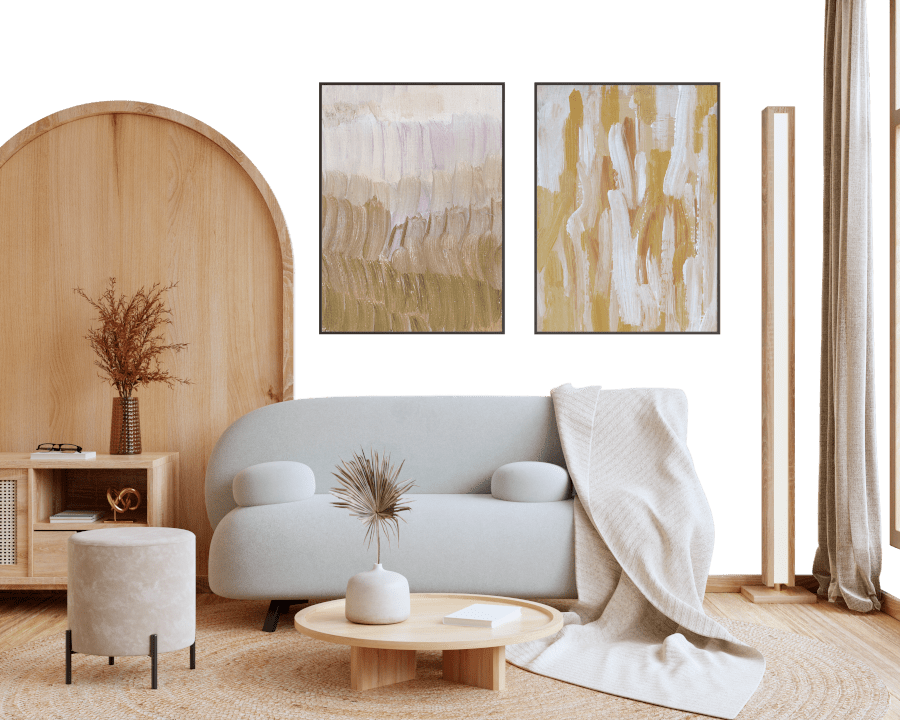
4000K
LRV of Persimmon
Persimmon has an LRV of 70.36% and refers to Light colors that reflect most of the incident light. Why LRV is important?

Light Reflectance Value measures the amount of visible and usable light that reflects from a painted surface.
Simply put, the higher the LRV of a paint color, the brighter the room you will get.
The scale goes from 0% (absolute black, absorbing all light) to 100% (pure white, reflecting all light).
Act like a pro: When choosing paint with an LRV of 70.36%, pay attention to your bulbs' brightness. Light brightness is measured in lumens. The lower the paint's LRV, the higher lumen level you need. Every square foot of room needs at least 40 lumens. That means for a 200 ft2 living room you’ll need about 8000 lumens of light – e.g., eight 1000 lm bulbs.
Color codes
We have collected almost every possible color code you could ever need. To copy the code, just click the icon to the right of it.
| Format | Code | |
|---|---|---|
| HEX | #F6D4B4 | |
| RGB Decimal | 246, 212, 180 | |
| RGB Percent | 96.47%, 83.14%, 70.59% | |
| HSV | Hue: 29° Saturation: 26.83% Value: 96.47% | |
| HSL | hsl(29, 79, 84) | |
| CMYK | Cyan: 0.0 Magenta: 13.82 Yellow: 26.83 Key: 3.53 | |
| YIQ | Y: 218.518 I: 30.544 Q: -2.766 | |
| XYZ | X: 69.788 Y: 69.978 Z: 52.999 | |
| CIE Lab | L:86.986 a:7.172 b:20.237 | |
| CIE Luv | L:86.986 u:23.195 v:27.469 | |
| Decimal | 16176308 | |
| Hunter Lab | 83.653, 2.523, 20.993 |
Color equivalents
Polar Flame 4
Dulux
1882
Orangutan
Jotun
10YY 74/192
Dutch Gold 5
Dulux
10YY 67/213
Honey Drizzle 5
Dulux
10YY 78/188
Polar Flame 5
Dulux
Soft Peach
Dulux

Harvest Fruits 4
Dulux
Sundrenched Saffron 5
Dulux
20YY 67/216
Golden Umber 5
Dulux
34
Stone-Pale-Warm
Little Greene

Apricot Crush
Dulux
Eastern Spice 5
Dulux
Peach Posset
Dulux
H405
Doll
Tikkurila
